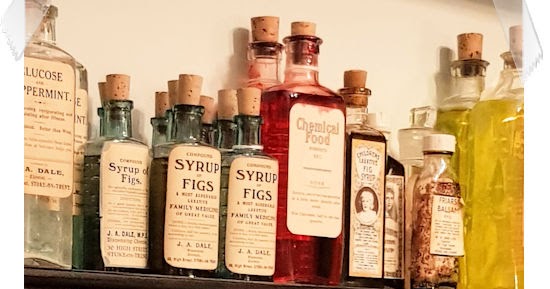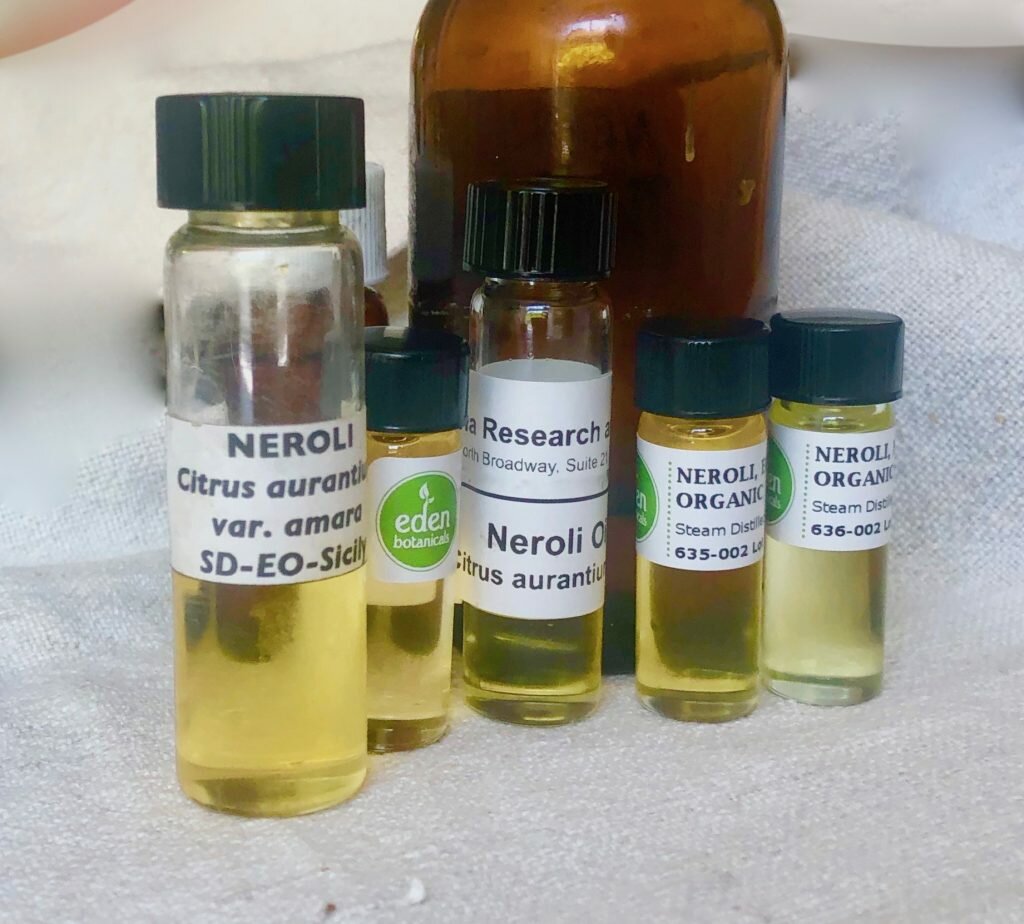By the late-19th to early 20th century, manufactured, patented, brand-named or trademarked remedies began to replace the herbs and ‘traditional’ remedies in the apothecary shops as those same apothecary shops began to evolve into pharmaceutical chemist’s, but that’s a whole other post in itself. These over the counter remedies were known in the trade as ‘proprietaries’ and were accepted by the general public as medicine. 19th century newspapers and magazines were filled with adverts for so many remedies and cures for just about every known ill of man, woman and child including “Curic Wafers” and “Bell’s Fairy Cure” which were used to treat headaches, toothache and neuralgia, “Keating’s Cough Lozenges” and “Beecham’s Cough Pills” for coughs and colds, and “Congreve’s Balsamic Elixir” and “Tuberculozyne” which were used for treating consumption.
If a person was suffering from lethargy, had tired blood or any other blood related problems, they would have seen adverts telling them that remedies such as ‘Hood’s Compound Extract of Sarsaparilla’ or ‘Harvey’s Blood Pills’ would soon have them feeling better. There were countless remedies for “curing” gout and rheumatism such as ‘Gower’s Green Pills’, ‘Dr Collie’s Ointment’ and the curiously named ‘Genoform Tablets’ which contained nothing more than salicyl-ethylene-glycol and starch which would, when used externally, have provided some pain relief but very little else to cure gout.
People with kidney complaints could choose from such remedies as ‘Warner’s ‘Safe’ Cure’, ‘Veno’s Seaweed Tonic’ and a wide variety of kidney pills and tonics like ‘Dr. Var’s American Kidney Pills’ which were soft capsules made from henbane and dandelion extract mixed with wheat flour, powdered squill root (Urginea scilla), a little potassium nitrate and oils of peppermint and juniper. Even the overweight could find a cure to help them slim down, remedies for fatness included ‘Antipon’ and ‘XL Reducing Pills and Reducing Lotion’ which promised “safe, speedy and efficacious” results. The most curious of this miracle slimming products was a remedy called “Marmola” which ran its advertising campaign with the question “Is Fatness a Social Offence?”, the product contained amongst its ingredients powdered thyroid gland, although as yet I haven’t been able to discover the source of the thyroid used.
There were patented remedies for baldness, cancer, haemorrhoids, nervousness and “women’s complaints”. Those people who suffered from bouts of epilepsy also known as ‘the falling sickness’ could purchase such remedies as “Ozerine” which was described as “an unfailing remedy for epilepsy”, and “Osborne’s Mixture”, Ozerine turned out to contain potassium bromide which was used as an anticonvulsant, and ammonium carbonate which was a compound added to smelling salts and also used to treat bronchitis and as an emetic, added to those ingredients water of chloroform and the mixture was sweetened with burnt sugar, YUK!
Cures were available for children to, which contained some alarming ingredients ‘Pritchard’s Teething and Fever Powders’ for example contained antimony oxide, a chemical used today to prevent textiles and plastics from catching fire, calomel aka mercury chloride which was used to treat yellow fever in the late 18th century and also as a purgative, all mixed together with sugar of milk (Saccharum lactis) used as a carrier for the other ingredients. ‘Fenning’s Children’s Cooling Powders’ were slightly lighter in ingredients, the worst one was potassium chlorate which if handled incorrectly can spontaneously ignite or explode, which should have been a worry to 20th century mothers as Fenning’s powders contained 70% potassium chlorate! Children were also given ‘soothing syrups’ laden with cocaine, opium or morphine.If you weren’t sure what was wrong with you, then there were the ‘elixirs of life’ or ‘cure alls’ such as ‘Dr Martin’s Miraclettes’ and ‘Therapion’ which was described as “the most efficacious remedy” for “all discharges”. Therapion came in 3 variants No. 1, No. 2 and No. 3 and was touted as a liquid remedy which was used in French hospitals to “great success” and was claimed to cure “chronic weakness, lost vigour and vim, kidney and bladder disease, blood poisoning and piles”. The No. 3 variant of this cure all was made from water with glycerine added with traces of alkaloids and calcium glycerophosphate used in the treatment of hypocalcaemia. Herbally speaking this product did actually contain some herbs chiefly powdered liquorice which would have added some sweetness and flavour to counteract the bitterness from the gentian and damiana extracts, the mixture also included camphor, so would have been highly aromatic.
The list could and will go on, as I said above, over time I intend to look at some of the remedies mentioned above more closely as well as a few others, share what they contained and make a comparison with herbal remedies that were available at the time. Although some of these proprietary products are not herbal, from a historical and sociological point of view their stories make interesting reading and can be show us a lot when old herbal remedies are but alongside for comparison, so watch this space as I venture back in time to look at remedies that would have cured and those that would have done no more than make rich men richer.
Top 5 This Week
Related Posts
Old Proprietary Remedies and Curatives: Introduction


